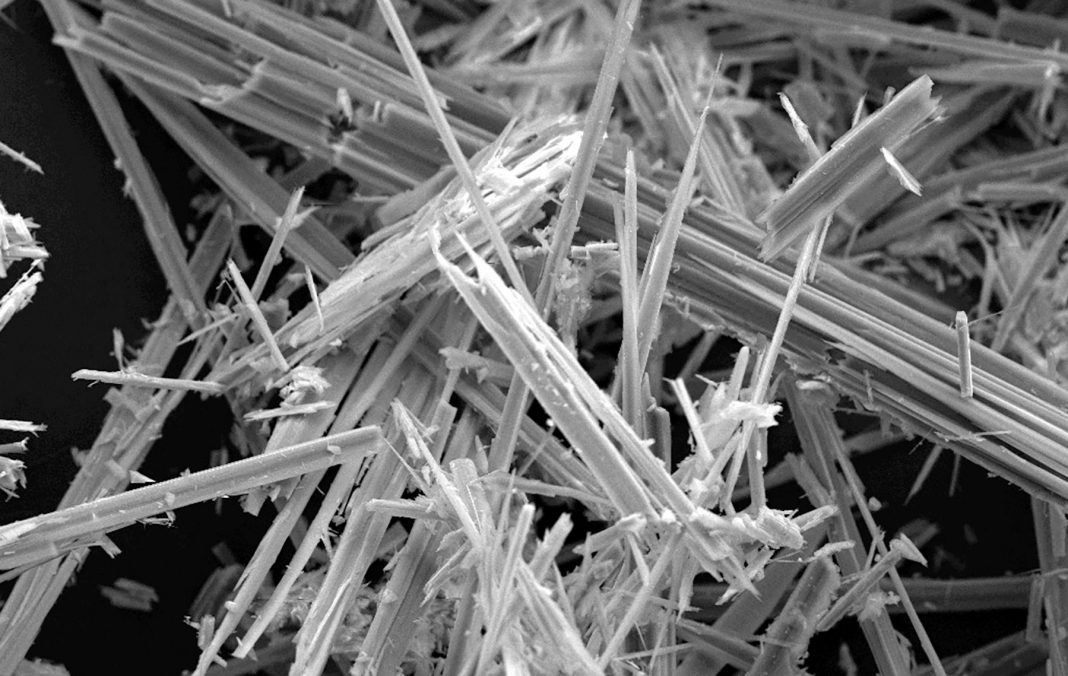A new warning about the risk of asbestos to property renovators and retroffitters has been issued in a new government safety campaign.
Any building built or refurbished before the year 2000 could contain asbestos, with those built in the 50s, 60s and 70s most likely, according to the Health and Safety Executive’s (HSE) in its Asbestos and You campaign warning about the personal risks from asbestos that still exist in properties across the country.
Around 5,000 people a year die from asbestos related illnesses and despite its ban in modern-day construction, the risk from older buildings remains – in mortar, cement boards, around rooflines and many other parts of buildings.
Tim Beaumont, HSE’s acting head of construction policy sector, said: “There is no known safe level of asbestos exposure but that’s not to say it can’t be managed safely.
“All tradespeople should make sure they know the basics about identifying asbestos. Before carrying out any construction work, there’s a legal requirement to identify whether asbestos is present and could be disturbed.
“Younger tradespeople need to know the dangers behind asbestos as it could affect them in later life like it is affecting older tradespeople now.”
Craig Evans, UKATA (United Kingdom Asbestos Training Association) Chief Operating Officer, said: “It is crucial that tradespeople are aware of the risks involved in disturbing or damaging asbestos-containing materials, as inhaling these fibres can lead to devastating diseases such as mesothelioma, lung cancer, and asbestosis.”
When materials that contain asbestos are disturbed or damaged, fibres are released into the air. If these fibres are inhaled, they can cause serious diseases such as mesothelioma, asbestos related lung cancer, asbestosis, and pleural thickening. These diseases will not affect you immediately as they often take a long time to develop, but once diagnosed, it is often too late to do anything.
It can take 20 to 30 years before symptoms appear. Symptoms include shortness of breath, persistent cough, wheezing, extreme tiredness, pain in your chest or shoulder and in more advanced cases, swollen fingertips.












